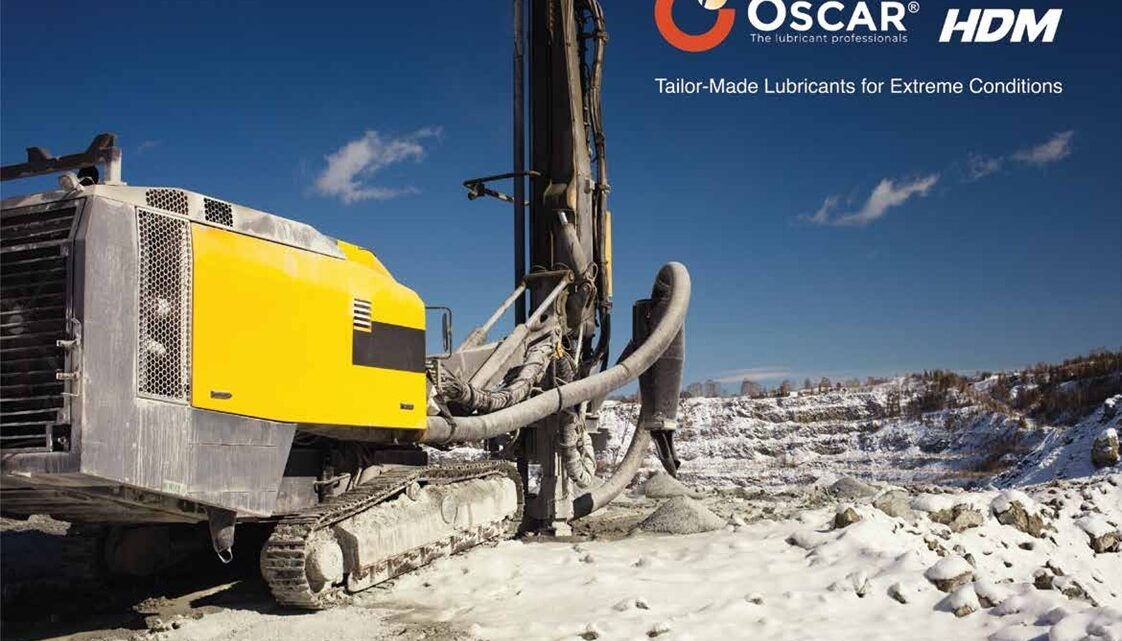
How To Store Synthetic Lubricants Properly
Storing synthetic lubricants correctly is essential for maintaining their quality and effectiveness. When handled and stored under ideal conditions, synthetic lubricants can have a long shelf life, providing optimum performance and protection for machinery and equipment. However, improper storage can lead to contamination, degradation, and even hazardous situations. Find here some essential tips on how to store synthetic lubricants properly to ensure their longevity and reliability.
Choose the right storage environment:
Synthetic lubricants are sensitive to environmental factors, so selecting the proper storage location is important. Ideally, they should be stored indoors in a cool, dry place. Temperature fluctuations can lead to condensation, which may cause water contamination. Aim to keep lubricants in a stable environment, preferably between 0°C and 25°C, as extreme temperatures—either too high or too low—can degrade the lubricant’s chemical properties.
Avoid direct sunlight and UV radiation:
Direct sunlight and UV radiation can alter the chemical structure of synthetic lubricants, causing them to degrade. This can result in reduced lubrication performance and even the formation of sludge. Ensure that lubricant containers are stored away from windows or direct sunlight and, if possible, use containers with UV-resistant properties. If outdoor storage is unavoidable, keep the containers shaded and covered to protect them from UV exposure.
Keep containers sealed and upright:
Contamination is a major risk when it comes to storing lubricants. Dust, dirt, and moisture can enter containers that are not properly sealed, leading to reduced effectiveness. Always store lubricant containers in an upright position and ensure that lids are tightly sealed after each use. This helps prevent contamination and spillage and maintains the purity of the lubricant.
Use clearly labeled containers:
Labelling lubricant containers correctly is essential for ensuring that the right product is used for the correct application. Mixing up different types of lubricants can result in compatibility issues and equipment damage. Ensure all containers are clearly labelled with the lubricant’s type, grade, and date of purchase. If you transfer lubricants into different containers, use clean and labelled containers specifically designed for lubricant storage.
Rotate stock regularly:
If you’re storing synthetic lubricants for an extended period, implement a first-in, first-out (FIFO) rotation policy. This practice helps to ensure that older lubricants are used before newer ones, preventing prolonged storage periods that could affect the lubricant’s quality. Regular rotation also allows you to monitor expiry dates and maintain a consistent inventory.